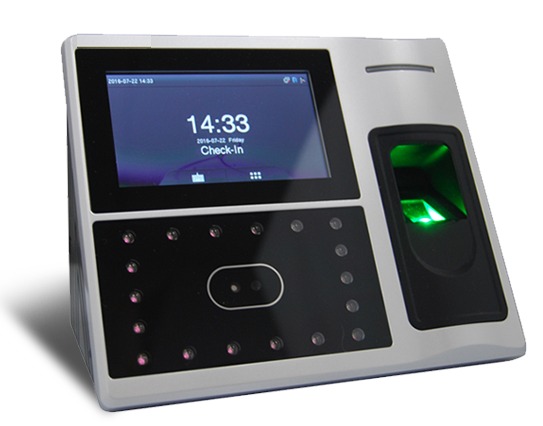Implementing face attendance systems in large organisations can streamline attendance tracking and enhance efficiency. As technology evolves, face attendance machines offer a convenient and secure way to monitor employee attendance. By integrating attendance apps for employees, organisations can automate the process, reduce errors, and improve productivity. However, successful implementation requires careful planning and consideration of various factors. In this article, we’ll explore tips for effectively deploying face attendance systems in large organisations, ensuring seamless integration and maximum benefits.
- Assess Organisational Needs: Before selecting a face attendance machine, evaluate your organisation’s specific requirements. Consider factors such as the number of employees, office layout, and existing infrastructure. Determine whether a standalone device or an integrated attendance app for employees would better suit your needs.
- Choose the Right Technology: Select a face attendance machine offering advanced features like facial recognition, biometric authentication, and real-time monitoring. Look for devices compatible with your existing systems and capable of efficiently handling the organisation’s workload.
- Ensure Data Security: Data security is paramount when implementing face attendance systems. Choose devices with robust encryption protocols to protect sensitive employee information. Additionally, ensure compliance with data protection regulations to safeguard employee privacy.
- Provide Adequate Training: Proper training is essential to ensure smooth adoption of the new technology. Educate employees on how to use the face attendance machine or attendance app for employees effectively. Address any concerns or misconceptions to foster acceptance and cooperation.
- Communicate Transparently: Keep employees informed about the implementation process and the benefits of the new system. Address any questions or concerns openly to build trust and alleviate resistance to change. Emphasise the positive impact on productivity and accuracy.
- Test and Pilot Phase: Conduct thorough testing and a pilot phase before full deployment. Identify any potential issues or challenges and address them proactively. Solicit feedback from employees to refine the system and ensure it meets their needs.
- Integrate with HR Systems: Seamlessly integrate the face attendance system with existing HR systems for streamlined data management. Automate attendance tracking, leave management, and payroll processing to reduce administrative burden and minimise errors.
- Implement Access Controls: Utilise access controls to restrict unauthorised access to the face attendance machine or attendance app for employees. Implement multi-factor authentication and user permissions to enhance security and prevent misuse.
- Monitor and Evaluate Performance: Continuously monitor the performance of the face attendance system and gather feedback. Evaluate key metrics such as accuracy, reliability, and user satisfaction to identify areas for improvement.
- Regular Maintenance and Updates: Ensure regular maintenance and software updates to keep the face attendance system running smoothly. Stay abreast of technological advancements and upgrade the system as needed to maintain optimal functionality.
Implementing face attendance systems in large organisations offers numerous benefits, from improving efficiency to enhancing security. By following these tips, organisations can ensure successful deployment and maximise the advantages of this technology. From selecting the right face attendance machine to providing comprehensive training and ongoing support, careful planning and execution are essential. With the integration of attendance apps for employees and a focus on data security and transparency, organisations can streamline attendance tracking and foster a culture of accountability and productivity.







